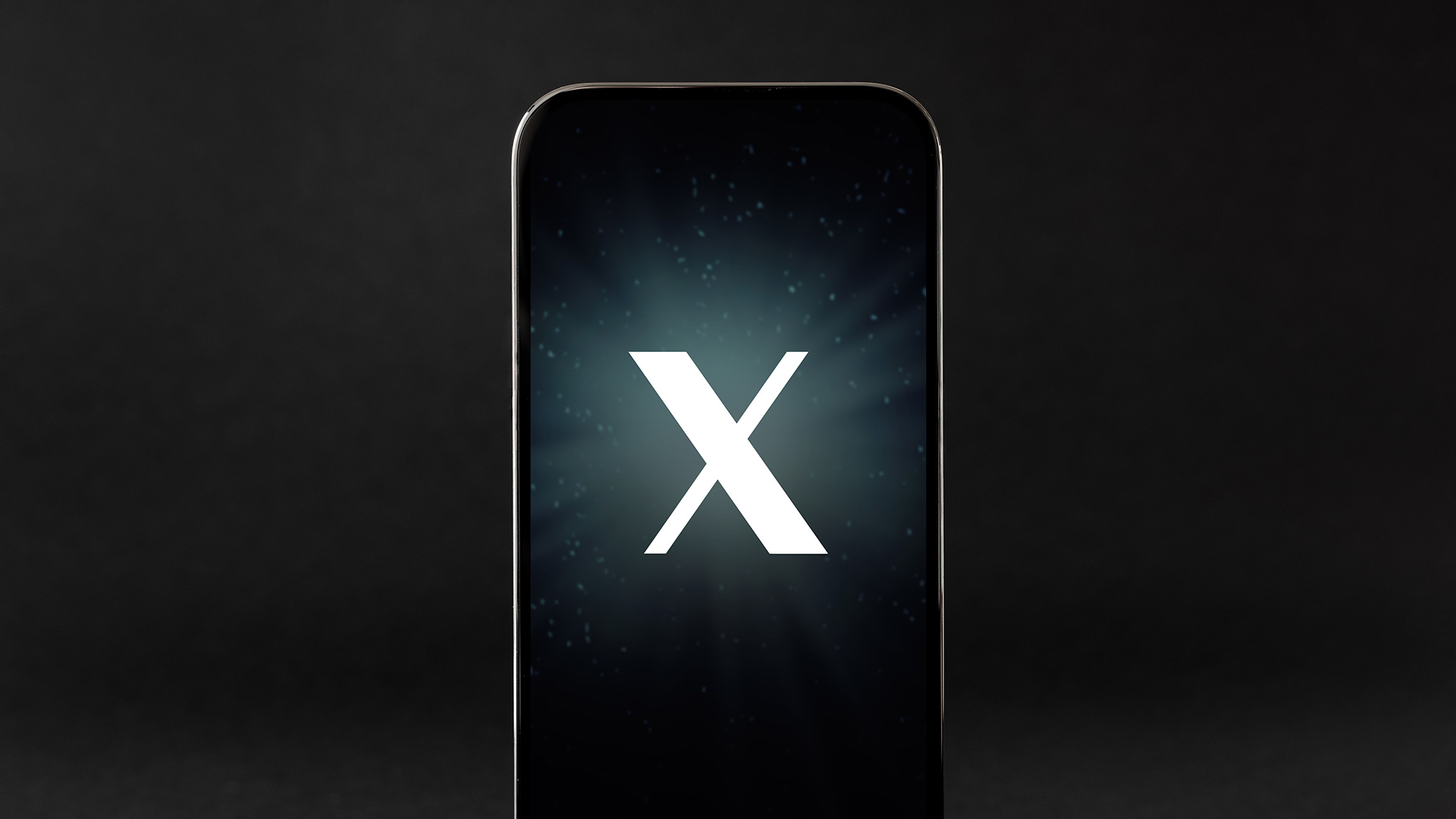Brief insights on the path ahead in digital communication.
Brief insights on the path ahead in digital communication.
January 15, 2025
The Ultimate Cost per Conversion: 2024 Campaign Edition
You’ve probably heard us say before that political ad spending isn’t the smartest. Campaigns are in a hurry to advertise, and that haste makes waste. From paying silly rack rates for site-direct and overspending on outdated TV strategies, to bad digital bidding and spillage, political advertising is (sorry, guys) the dumb money. And yet, there’s so much of it.
In the 2024 political cycle, about $13 billion was spent on advertising—roughly 30% more than the prior presidential cycle in 2020. About $3 billion was spent on presidential, and the rest on other down-ballot and issue campaigns.
Approximately 154.9 million votes were cast in the 2024 election. Which brings us to our ultimate cost per conversion for this political cycle. How much advertising does it take to influence one vote? If you look only at the presidential campaign, both sides combined spent about $20 per vote cast. Considering all political advertising, the cost per vote was about $84.
Of course, the vast majority of political ad spending was in just seven states comprising a voting population of about 20% of the country’s overall base. And 3 out of 4 ad dollars were spent in these locations. This makes the real, tactical cost per vote in 2024 swing states closer to $73 for the presidential and $315 for the overall political cycle.
Might we suggest a couple take-aways? Spend smartly; you don’t want to be the dumb money. And think about what influencing one person is worth to your campaign.
July 23, 2024
Has Google Lost its Battle Against Cookies?
Google’s planned deprecation of third-party cookies in Chrome was going to rock the internet in 2024. For now, the revolution is canceled. What will it mean for measurement and advertising?
After four years of preparation, instead of canceling cookies, Google announced that it’s cancelling its deprecation of third party scripts in Chrome which would have prevented them from running without user intervention. This was always a controversial move by the biggest player (by orders of magnitude) in online advertising and tracking. Their replacement solution, called Privacy Sandbox, would have mostly served… you guessed it: Google. Not competitors, and not the entire advertising ecosystem.
Advertisers worldwide were struggling to rush forward with cookie-independent ad targeting. Regulators were scrutinizing Google’s decisions and threatening oversight. On top of this, the timing was never right–both for Google and its customers traditionally dependent on third party scripts for tracking.
What will Google’s decision mean for you? While Chrome will continue to run third-party scripts, it’s critical to remember that lesser-used browsers now block them by default, specifically Firefox and Safari. Increasingly, users on mobile and desktop alike use plugins or other software settings to block tracking. We estimate that about 20 to 30 percent of your site visitors aren’t being tracked. This will increase. So get ready.
For measurement, the future is first-party. This is where your own domain delivers all tracking scripts. Data is captured and stored in your own reporting system that’s, preferably, not provided by a third party. Organizations should own their data in our opinion, and benefit from it. Sure, this means implementing first-party analytics instead of the much easier choice of outsourcing it to you-know-who. But the harder choice prepares your organization for the future, and provides better privacy protections to visitors.
For advertising, the future is uncertain. Cookie-powered programmatic marketing has already declined in efficacy for years. Placement with publishers and networks aligned with your target audience is returning as a strategy, but is overpriced. Our advice: keep building your first-party data for targeting. This has never been more important. Organizations investing the time and budget to do this will see long-term benefits.
July 3, 2024
Twitter Continues X-ing Advertisers by Making Analytics a Premium Feature
Social media platforms make advertising money by having a large user population whose data they can monetize. Advertisers follow the audience.
Anything a platform does that reduces usage is bad for business. Twitter / X continues a sequence of questionable decisions in their latest moves to make account analytics a “Premium” feature and making “Likes” private.
After its meaningless rebrand to X and 2023’s removal of API services which further cuts off the platform from the rest of the internet, these changes continue to “fix” problems that didn’t exist before. Our opinion: X looks desperate for revenue by putting elementary analytics behind a paywall.
Organizations that have seen their Twitter metrics plummet for years due to poor user quality control (too many bots and far too many trolls) must now pay for the privilege of reading such numbers.
Many non-profits, trade associations, corporations, and political organizations have been questioning their strategy on X: is it still worth the effort? Can we reach an effective audience? Is our social media effort better applied elsewhere? Hiding the analytics and the “Likes”, a key engagement measurement, will undeniably make these strategic questions easier to answer.
June 17, 2024
AI As Graphic Design Tool: Not a Replacement for Designers
Like it or not, AI is here to stay. The first question most agency employees ask is: how will this affect my job?
In our opinion, AI is becoming a part of daily creative workflow. It’s our job to learn the tools that are transforming the industry. And use them effectively.
What are we using AI for now? Primarily, creative concept ideation. Typically the hardest part of the creative process, AI art tools help provide quick and easy ways to test ideas and concepts in the early stages of design.
For example, if a client asks for an image of a person golfing with their club disintegrating into thin air as he swings, the creative tool Midjourney makes this concept exploration easy to imagine. It can save hours of time (and cost) that would have otherwise been spent scouring stock imagery. It’s certainly not perfect, but results are getting better each day as we learn how to use the tools.
What’s the downside? Sometimes AI-generated art can look generic, or repetitive. It has a certain “AI feel” that people are starting to recognize. It can’t capture the creative inspiration or human touch of a designer. Yet…
What’s the takeaway? AI is a graphic design tool, not a replacement for designers.
May 13, 2024
Google’s Recent Changes Are Driving a Change in SEO Tactics
Search engine spammers always seem to be a step ahead of Google. But this month might see a shift toward higher-quality results in organic search.
Google is deploying changes to its search engine that will de-list content that is auto-generated for the purpose of spamming search results. The updates also penalize domains (including otherwise reputable ones) that host low-quality content intended to influence page rank. This practice, called “site reputation abuse,” happens when established publishers rent out pages to lesser-known organizations that want to expand their search footprint and link authority, capitalizing on the established domain to point to their lower-ranked content. It has provided a revenue stream to sites that offer this service. But perhaps not for much longer.
Google will now call such content what it is: spam. The only way to influence search is the hard way: create original, high-quality, well-optimized sites. Earn inbound links from reputable external sites because your content is worth it, not because you’ve paid for them. Keep your content fresh, mobile-responsive, and fast-loading.
Let’s talk, if you’re in the market for an SEO strategy.






